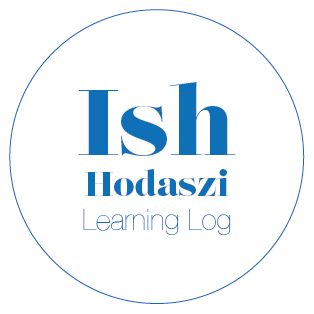“An intimacy derives from the fact that fanzines remain amateur, ‘handmade’ productions operating outside mainstream publishing conventions and mass-production processes. The hand – the imprint – of the individual producer or maker is readily evident in the fanzine itself. This suggests, then, that the history of the object is bound up not only with the…
Category: Part 1 – Book Design 1: Creative Book Design
Exercise 6: Folding and mocking up your book
There are two elements to this exercise – thinking about how you produce your publication, and making a smaller scaled down version as a mock up. Creating a small mock up Printers use large sheets of paper to print multiple pages, which are then cut and folded. You’re going to use a simple A4 sheet…
Exercise 5: Research & development
Firstly, review your visual ideas based on from the previous exercise through a process of critical evaluation. Which ideas are you drawn to? Which ideas have ‘legs’ – possible interesting outcomes which are worth pursuing? Often the ideas which are strongest are those which have depth, or many layers of association. Perhaps you are intuitively…
Exercise 4 : Generating ideas
Use one or more of the following book related sayings as a starting point to generate visual ideas and responses: Bookworms, A closed/open book, The oldest trick in the book, You can’t judge a book by its cover, In someone’s good/bad books, By the book During this early formative stage, aim to be as wide-ranging…
Exercise 3: Alternative publications
Using your research into artists’ books and fanzines as a starting point, think about their physical or design qualities, and creatively apply some of these approaches to your own designs. For example, there’s a distinctive visual quality to many fanzines which comes from a ‘cut and paste’ approach to designing and through the use of…
Research task: Artists’ books and fanzines
Browse the American based Smithsonian Libraries’ Artist Book archive to identify books that you find interesting or questions the notion of the book in some way. https://library.si.edu/collection/artists-books Explore fanzines in more depth by reading Teal Trigg’s chapter Definitions and early days (pages 6–43) from her book Fanzines: A do-it-yourself revolution (2010). This chapter is available…
Exercise 2: The future of the book
Given the current development of the book from printed to digital technologies, what do you see as the future of the book, for readers, and book designers? Where do you see the book heading? Show and tell. Try and summarise your thinking into a series of short statements, quotations, images (collage) or ideas. Be creative…
Exercise 1: Influential books
Consider the importance of books to you both personally and within a broader global sense. First of all, think back to the earliest books you came across as a child, through your teenage years and early adulthood to where you are now. There may be half a dozen books which stick in your memory or…
